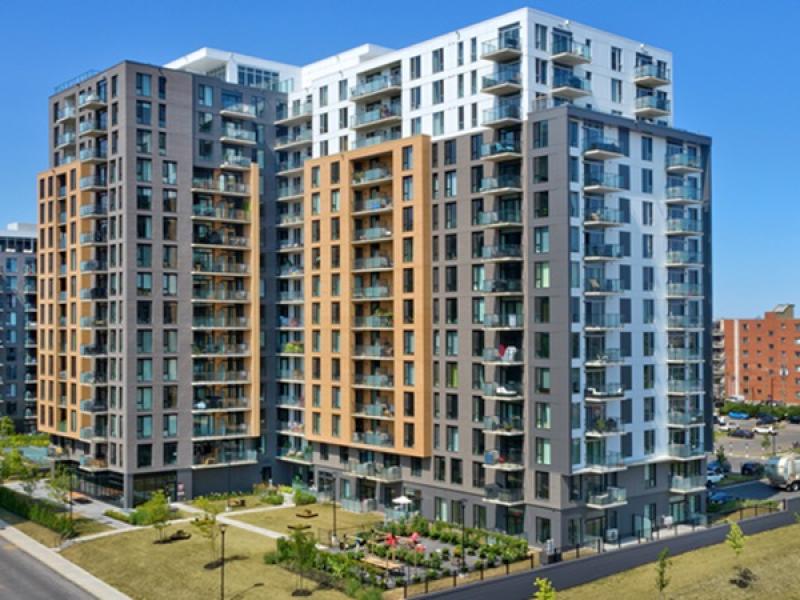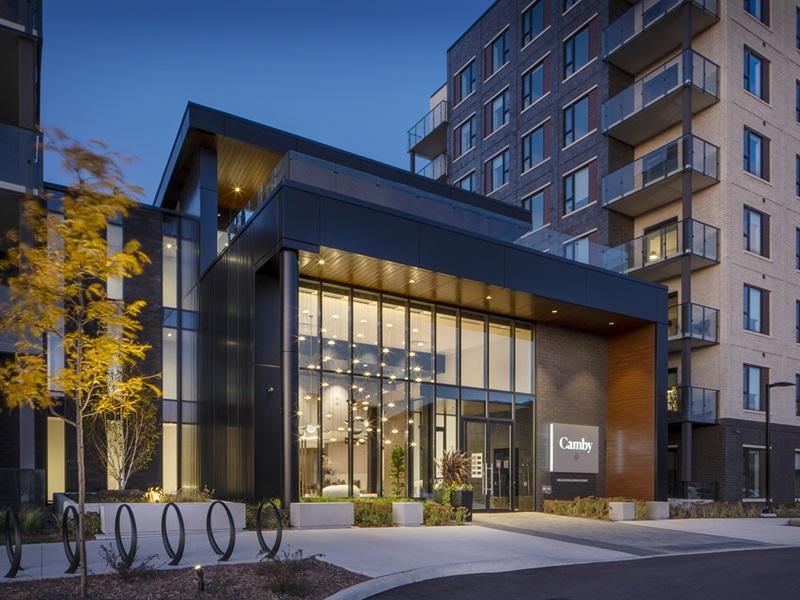GUEST COLUMN: Movie buffs are flocking to theatres, vacationers are rushing to airports and people in the thousands are attending festivals, concerts, conventions and major sporting events just like “before.”
It would make sense then to believe that three and a half years after the shock of the pandemic, when millions of people around the world were confined to their homes, this revived vibrancy and return to normality would restore the balance of economic and human activities in urban areas.
While this may be true for several sectors, the reality is very different for office buildings in Quebec’s major cities where workers have still not returned and may not for the foreseeable future.
However, minimum employee return-to-office policies are essential to ensure the economic and fiscal vitality of our city centres, as well as the variety of activities they host.
According to the latest data, the availability rate for office buildings in downtown Montréal is still rising and gradually approaching 20 per cent. Never before seen, this is sadly historic. According to some analysts, it could even continue to climb in 2024.
The picture isn’t much better for downtown Quebec City, where the availability rate has more than doubled since 2019, from 7.5% to 15.5%.
And the situation is likely to get worse soon as major leases, including those for the Quebec government as well as insurance companies, will expire in the next two to three years, and a full-time return to office is unlikely.
For the Capital-Nationale region in particular, and for the province as a whole, the Quebec government and its crown corporations will need to send a positive signal by setting an example with minimum employee return-to-office policies.
The impact of office vacancy on the vibrancy and appeal of urban centres
In hindsight, it is clear that transformations in working and shopping patterns are weakening city centres. Hybrid work is still very popular and online shopping, facilitated by ever-faster home deliveries, continues to transform our consumption habits.
The impact on productivity within companies can already be felt as can the effects on interactions between them. If nothing is done to reverse these two trends, they will impact the vibrancy and appeal of urban centres.
This is especially true for office buildings and nearby businesses which rely on the presence of a large number of workers during the week.
However, it’s not just the vibrancy of city centres that is at stake. The sharp rise in office building availability could eventually translate into a drop in building values and therefore a drop in revenues for cities overly dependent on property taxes.
Since an increase in non-residential property taxes to compensate for this potential loss would only aggravate the situation, major cities will have to make a choice between shifting the burden to residential properties or reducing their spending at a time when infrastructure maintenance is already a challenge and climate change adaptations are essential.
Quebec is not the only place to have experienced a pandemic. Everywhere, business leaders, employees and governments are trying to adapt to the lasting changes it made to business life.
Some places are doing better than others, with return-to-office rates of around 80% in Asia and 75% in Europe, while here in North America we are below 50% – a considerable difference.
Revitalizing city centres has challenges
By looking at what is being done in other major North American cities, observers are suggesting various ways to revitalize city centres, such as building conversions.
Applied to the reality of city centres in Quebec, what could appear like a good idea is far from a panacea. Many have studied this approach, but the figures show that very few buildings can be converted according to chosen criteria.
Another front that must be addressed is the disproportionate tax burden imposed on non-residential real estate in Quebec. At 4.21, Montréal has the highest non-residential property tax burden in Canada.
Quebec City isn’t much better, with a burden of 3.51, ahead of Vancouver at 3.46 and Toronto at 3.36. This makes absolutely no sense and considerably undermines the appeal of our major cities, discourages investment, accentuates urban sprawl and compromises post-pandemic recovery efforts.
Therefore, it is crucial to restore the balance between the property tax burden on residential and non-residential properties.
The renegotiation of the tax agreement between Quebec and the municipalities as well as the expected revision of the municipal taxation act are key opportunities that cannot be overlooked.
City centres are at the heart of the appeal and economic and social vitality of our major cities and metropolitan areas. Revitalizing them is a major challenge, but an essential one.
Already, commercial real estate players are revamping their service offerings and remain hopeful for a gradual return to office and an increase in retail traffic.
However, they need large institutional employers, governments and crown corporations to work together to ensure a vital minimum of return-to-office days.
The million-dollar question, though, is how many days would be enough?







